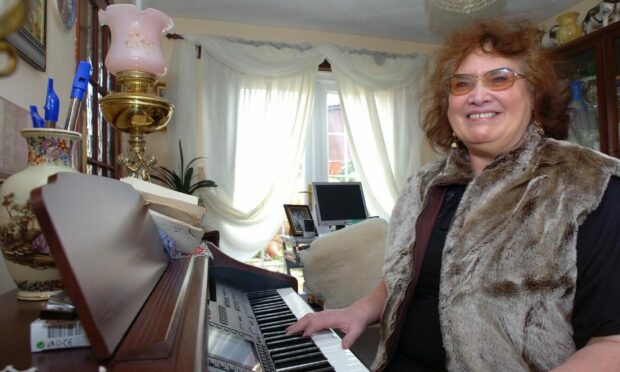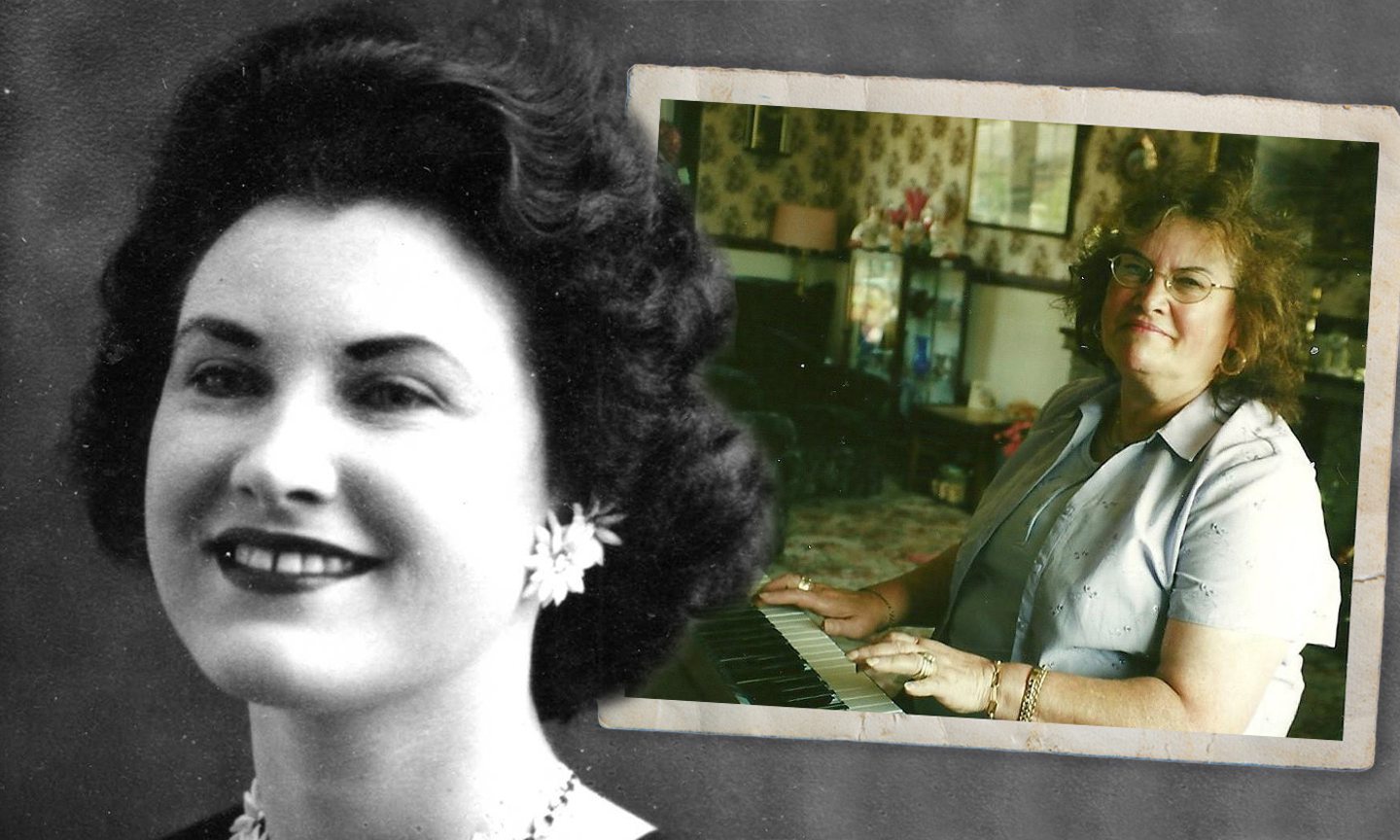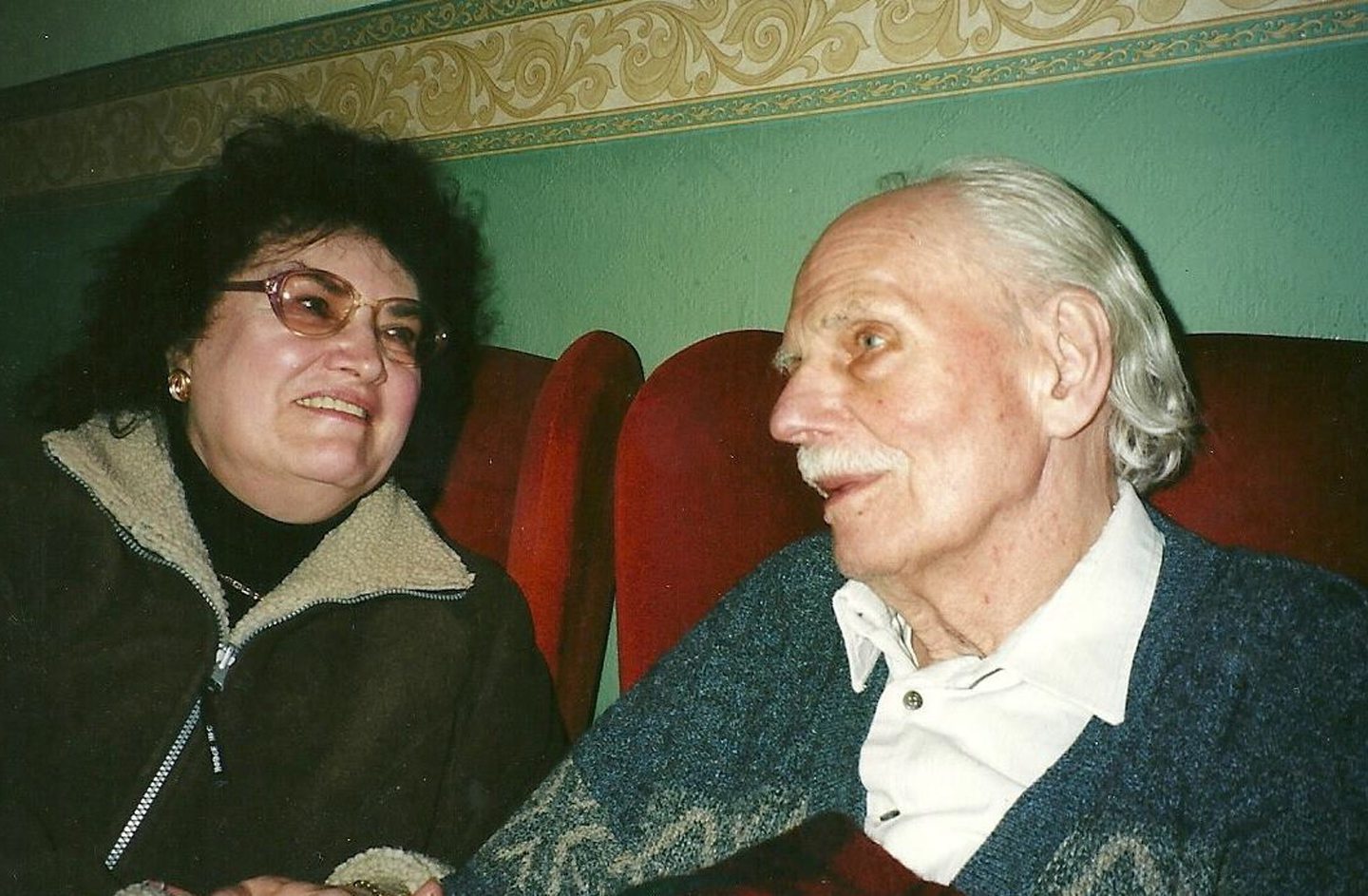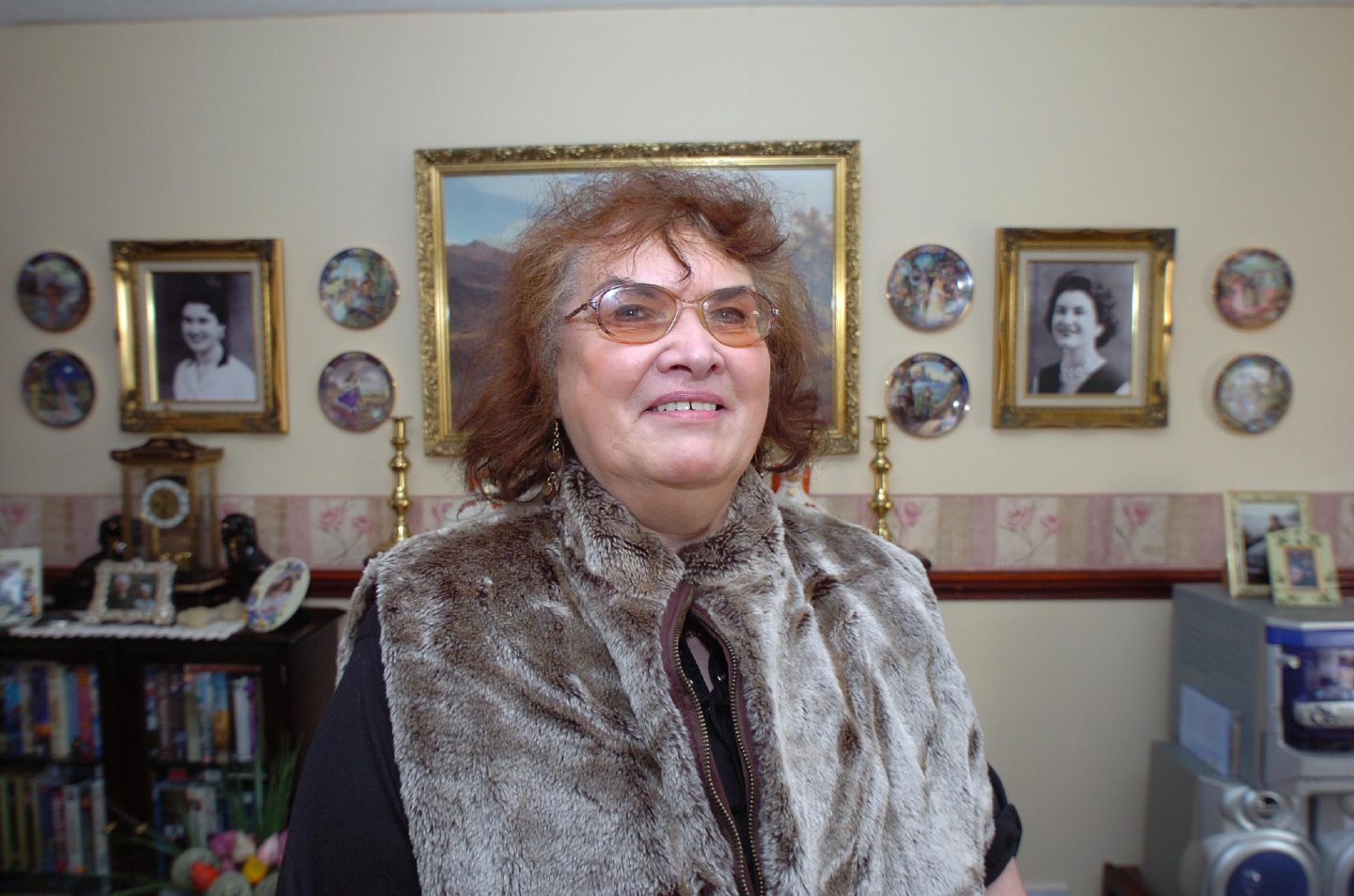Elizabeth Stewart of Fetterangus, who became one of the foremost exponents of traditional Scottish music, has died aged 83.
She was of Traveller heritage and grew up influenced by the rhythms and sounds of the culture.
During the 1950s and 1960s, Elizabeth, a mother of three, was part of the folk music revival and toured widely across the UK, Ireland and North America.
She was one of four children of Jean and Donald Stewart.
Her mother, who died in 1962, led a career as a pianist, accordionist, broadcaster, and band leader, while her aunt, Lucy Stewart, who died in 1982, proved a key figure in the modern folk revival.
These two, together with her uncle, Ned Stewart, an accomplished fiddler, formed the core of her musical and cultural influences.
But she had generations to draw on, too, including her grandmother, Elizabeth “Aul Betty” Stewart, grandfather James “Jimmsy” Stewart and his father “Crichie” Donald, from a strong tradition of military piping champions.
Such was the depth of musical tradition in her village that from some 300 residents, Fetterangus provided musicians for 13 dance bands in the 1930s and 1940s.
Aided by this legacy, Elizabeth emerged a prodigy, able to play My Aul Wife An Your Aul Wife at three.
Performer
By nine she was playing gigs across north-east Scotland in her mother’s Jean Stewart Band, sneaked in beneath many a publican’s gaze, and by her teens was broadcasting on the BBC.
In the mid-1950s, folklorist Hamish Henderson of Edinburgh’s newly founded School of Scottish Studies arrived (unannounced), armed with a reel-to-reel tape-recorder, led to Fetterangus by a recommendation from the Traveller Robertsons of Huntly, that there was a singer of skill and depth there.
Thus began a new stage in the family, the recording and dissemination of stories, riddles, music, and songs rarely heard outside the home.
Lucy’s reputation spread in the late 1950s, drawing more attention to the family’s rich traditions and, in 1959, Ewan MacColl, Peggy Seeger, and Charles Parker visited, working on the Radio Ballads, their pioneering prize-winning documentaries interweaving oral history interviews with MacColl-penned songs.
They heard Elizabeth playing a jazzy version of The Hill O’ Bennachie on the piano, a tune and treatment which MacColl then used for his now well-known traditional song, Come Aa Ye Fisher Lassies.
Journey south
Elizabeth and her sister Jane made the train journey to Birmingham to record the song, their Buchan dialect, familial harmonies, and natural talent lending effortless authenticity.
On Hamish Henderson’s recommendation, American folklorist Kenneth S Goldstein spent nearly a year with the family from 1959, immediately enamoured of Elizabeth’s remarkable skill as a pianist, from the traditional Strathspeys, reels, the majestic “heavy pipe marches”, as she called them, to Country and Western, classical, and boogie-woogie.
Wide musical tastes
“Scotland’s answer to Winifred Atwell”, as she has been called, was also a lifelong fan of rock n’ roll, and players such as the late Jerry Lee Lewis, who passed away on the day of her funeral.
After her mother’s untimely death at just 50, Elizabeth took responsibility for the family, working during the day in traditional Traveller business of dealing in second-hand goods, and at night playing in dance halls and hotels, holding family and self together through a combination of personal grit, and the bonds of music and song.
Elizabeth seemingly effortlessly blended the private domestic traditions of her aunt Lucy, with the more public adaptive traditions of her mother.
From the 1960s, she played Scottish and other dance music for foxtrots, quicksteps, tangos, two-steps, waltzes, and the more local Eightsome Reel and Gay Gordons, as well as popular rock and roll, jazz, and blues material.
In raising the tempo and adapting the rhythm of some of Lucy’s old ballads, she was able to sing her family’s beloved songs while still giving the dancers music with life and lift, in doing so, helping ensure their survival.
At 33, Elizabeth undertook an 18-state tour of festivals and college campuses organised by another American folklorist, Charles Joyner.
She soon became better known in the UK folk scene, as a pianist and ballad singer, always acknowledging the legacies bequeathed her by her aunt Lucy and her mother Jean, bringing their Traveller traditions to wider audiences.
In 1988, she was a guest of Harvard University in celebrating the centenary of Francis James Child’s English and Scottish Popular Ballads, the work which coalesced our understanding of the immense cultural inherence on our doorstep.
Recording career
In 1992, Elizabeth made her first album, Atween You An Me, produced by Greg Dawson Allen, while continuing to play traditional music festivals in the north-east, and concerts in Shetland.
Her final visit to the US came five years later, playing college campuses, visiting Sun Studios and Graceland, musical home to some of her 1950s heroes, and Austin, where she took part in American Folklore Society events, displaying not only her musical skills, but storytelling, knitting, and dealing too.
Overcoming health concerns, the early 2000s saw her record a double CD, Binnorrie: Songs, Ballads, and Tunes, produced by Alison McMorland, featuring more than two hours of songs and music which showcases her mastery of Scottish fiddle and bagpipe music on the piano.
She also took part in festivals in Ireland and Scotland, gave masterclasses at the Royal Scottish Academy of Music and Drama (now the Royal Conservatoire of Scotland), and mentored a new generation of young ballad singers.
In 2012 came Up Yon Wide And Lonely Glen: Travellers’ Songs, Stories And Tunes Of The Fetterangus Stewarts, compiled and edited by Alison McMorland, her rich memoir of Traveller life in rural Aberdeenshire.
Published
The book contains more than 100 songs, some of her own composition, and mixes the realities of a challenging life with the incomparably rich landscape of traditional music and song that was both sustenance and responsibility throughout her life.
Elizabeth was always first to acknowledge the influences of her mother and her aunt, yet her style remained all her own, sometimes so deeply feeling the humanity of a song that she was reduced to tears.
She is survived by her children, Jeannette, Elizabeth, and Michael, sister Jane, and a generation of traditional singers and performers for whom she embodied resilience, and the power and potential of traditional music and song.
You can read the family’s announcement here.
Dr Thomas A. McKean is is director of Elphinstone Institute, University of Aberdeen.




Conversation